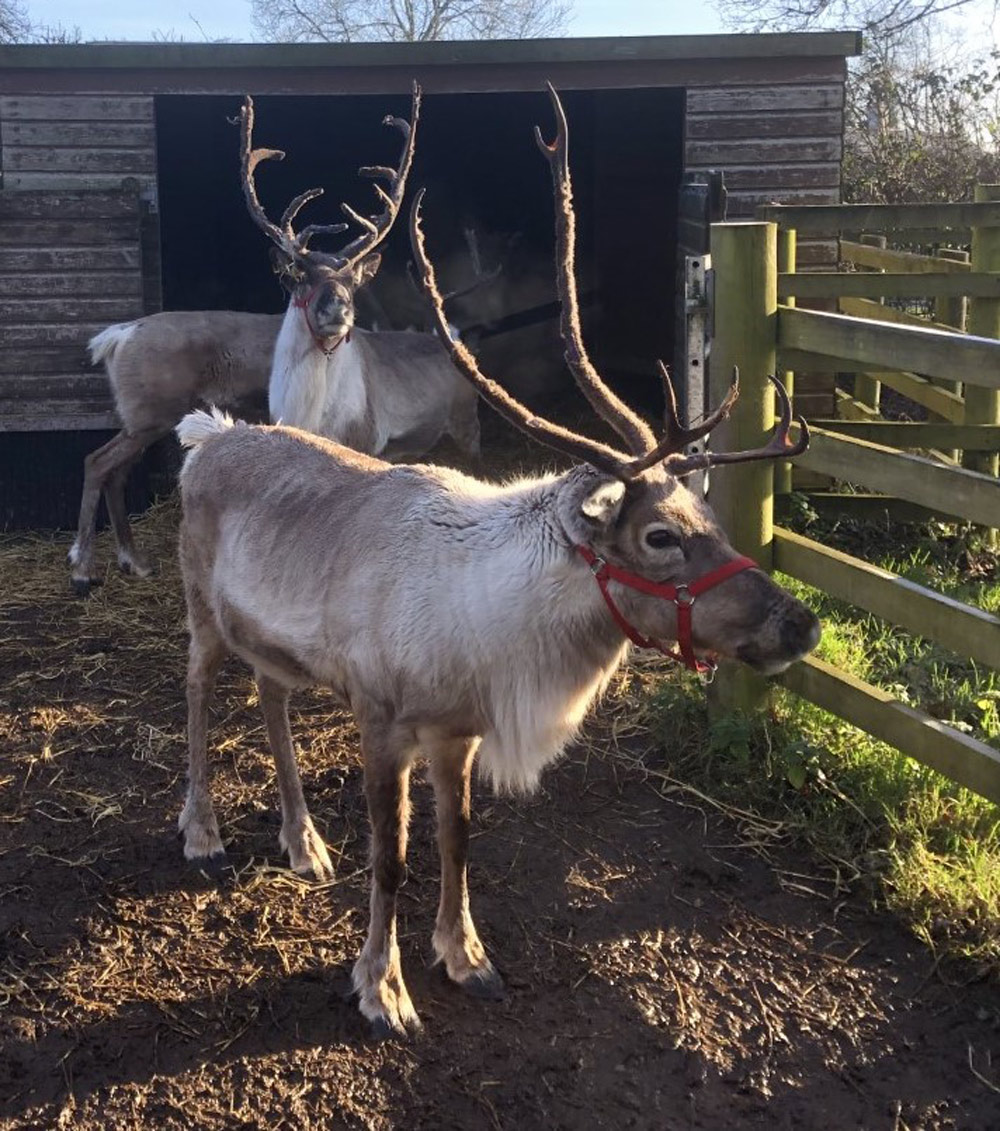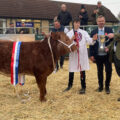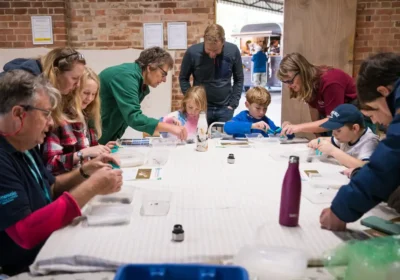By Alice Miller BVSC DBR MRCVS
Friars Moor Livestock Health.
As we approach the end of the year, I have been reflecting on all the articles I have written over the last 12 months.
A lot of the subjects have a seasonal focus and as a result I tend to have a little moan about the worrying weather conditions and how they impact our clients and their animals at the time!
But who doesn’t enjoy a conversation about the challenging British weather. It is especially relevant in farming and 2022 has been a tough year with regards to the summer drought, followed by excessive autumn rain and now extreme cold.
Whether it is too hot, too cold, too dry or too wet, perhaps we are never happy. However, the real impact comes with prolonged weather fronts which then affect the ability to plant, grow and harvest important feed sources.
I guess today has been no different as we all head back to the office at the end of the day to thaw out and discuss how blooming freezing it is working outside!
We have been hearing from clients who have been contending with the conditions that have frozen drinking troughs and even milking parlours. This all makes the day-to-day work that much harder.
Trying to look on the positive side, at least it has been feeling festive! I do know at least some of my patients are certainly cut out for these sub-zero temperatures, and they are Santa’s Dorset-based team of reindeer.
Their adaptations to enable survival in the cold include their deeply cloven and flat hooves. They have a large surface area which makes for great snowshoes as well as good flippers for swimming. Their toes are sharp and are used to dig through deep snow to find high-carbohydrate lichens to feed on.
As they walk their toes click and this means that even in white-out blizzard conditions, they can locate each other. Also, it means if they hear movement and no clicks, they know they are at risk from predation.
Reindeer are the only deer species where both the males and females have antlers. The males can grow sets up to 1.5 metres tall. They naturally drop theirs soon after the rut in the autumn while the females keep theirs throughout the winter for means of defence, against feed supplies and of their young.
Reindeer vary in coat colour from white to brown and they all have thick coverings of hollow guard hairs which act as incredible insulation. They go through a moult in the spring, losing this thick hair. This pleases the local nest building bird population who harvest the shed hair and create the most cosy, lined beds for their chicks.











Leave a Reply